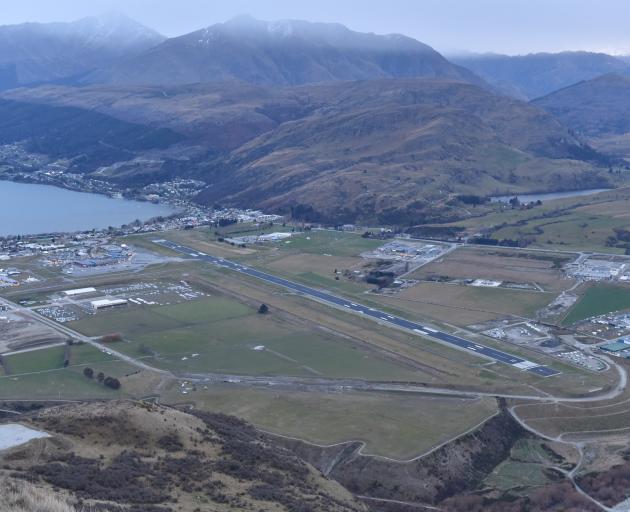
The airport company, which is 75.01% owned by the Queenstown Lakes District Council and 24.99% owned by Auckland Airport, reported operating earnings of $21.5million for the period, up 29.4% on the $16.6million reported in the previous corresponding period.
Chairman John Gilks announced an annual dividend of $6.3million, up 21% from $5.2million.
For the council, it was a dividend payment of $4.7million, equating to $202 per rateable property in the region.
Income in the year was up 27% to $31.5million from $24.8million and earnings before tax were up 28.7% to $14.8million.
The reported profit of $7.8million was down 7% on the $8.3million in the pcp due to the airport this year paying deferred tax of $2.6million as well as its normal tax of more than $4.1million.
In July, the airport company lost a dispute with the Inland Revenue Department over whether it should be able to claim depreciation for the cost of constructing its runway end safety area (RESA), with Justice Brendan Brown, in the High Court, ruling that the RESA did not qualify as part of the airport runway which would have allowed the airport to claim depreciation.
Mr Gilks said the year had been one of exciting progress for Queenstown Airport with runway and infrastructure improvements, strongly growing passenger numbers and by year's end, a significantly increased daily operating window with the introduction of night flights.
Queenstown and the broader region were nationally important visitor destinations.
''Our long-range forecasts continue to predict strong visitor growth and, as a result, local and central government investments and development of infrastructure are critical for the region to accommodate this projected growth and maintain a quality visitor experience.''
The airport company was committed to working with local and central government, the community and key stakeholders to address the ongoing challenge, he said.
The company invested significantly in airport infrastructure during the year with capital expenditure of $21.2million compared with $16.5million in the pcp.
Domestic passenger numbers grew strongly by 18% to nearly 1.2million, although a significant portion of those passengers on domestic flights were themselves international visitors to the region, Mr Gilks said.
International passenger traffic rose 19% to nearly 475,000 across all direct transtasman routes - Sydney, Melbourne, Brisbane and Coolangatta - as a result of extra airline capacity and frequency.
''Our strategic alliance with Auckland Airport, New Zealand's largest travel gateway, continues to deliver long-term value, providing improved connectivity and resources otherwise not available to us.
''This has been reflected in our passenger growth and helped us improve operational and cost efficiency.''
Looking ahead, Mr Gilks anticipated visitor growth and demand would continue as visitors seeking the region's world-class experiences had access to new international services into New Zealand, better domestic connection and night flights in winter.
''We are confident of sustainable growth in both domestic and transtasman visitor flows and have begun work on our long-term master plan to ensure we are developing an airport to serve the community and region for many decades to come.''












